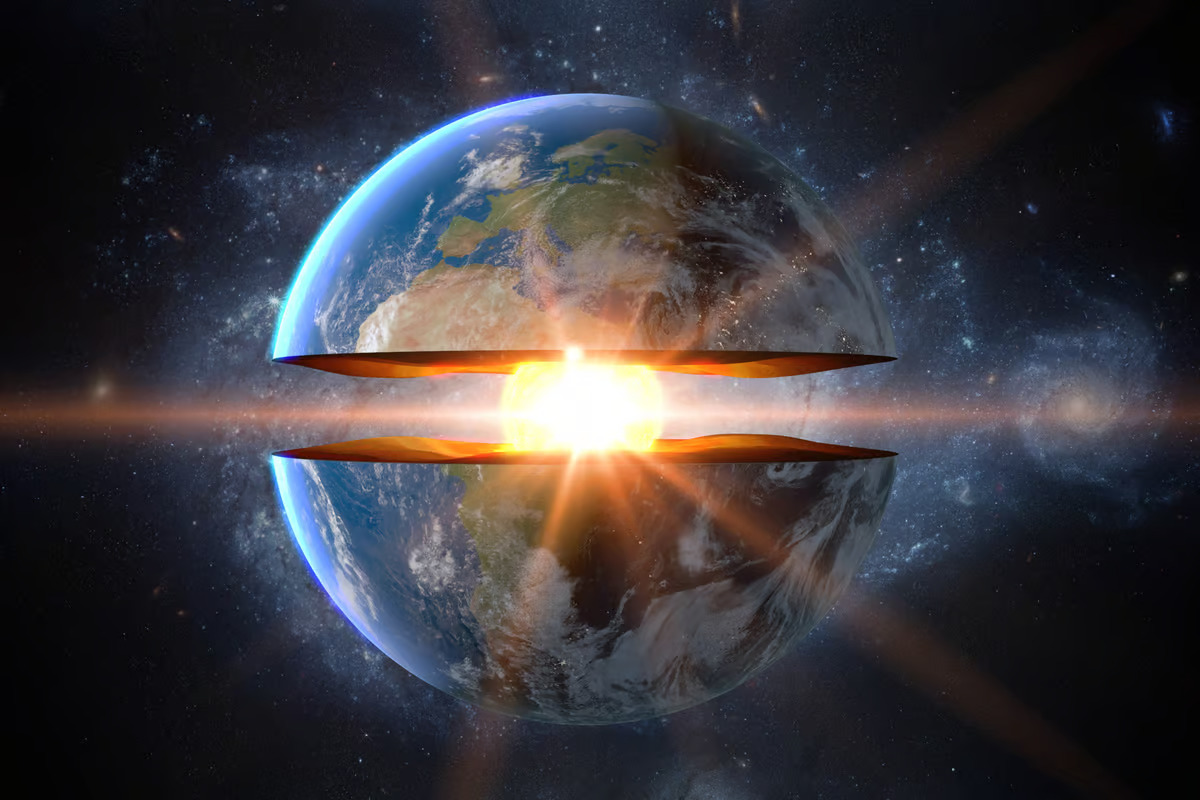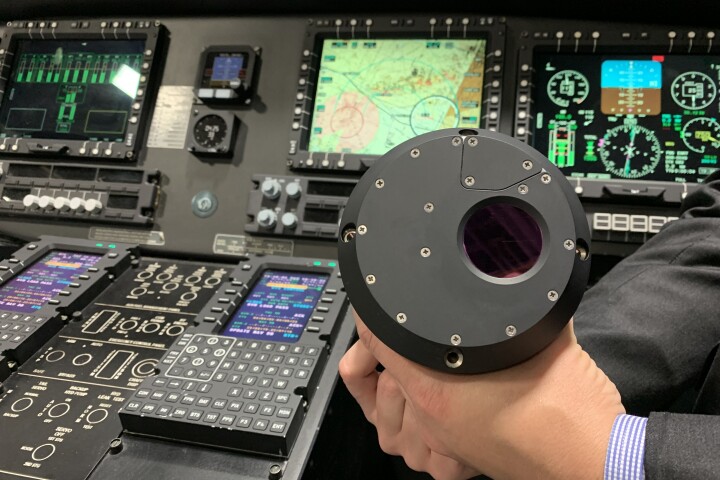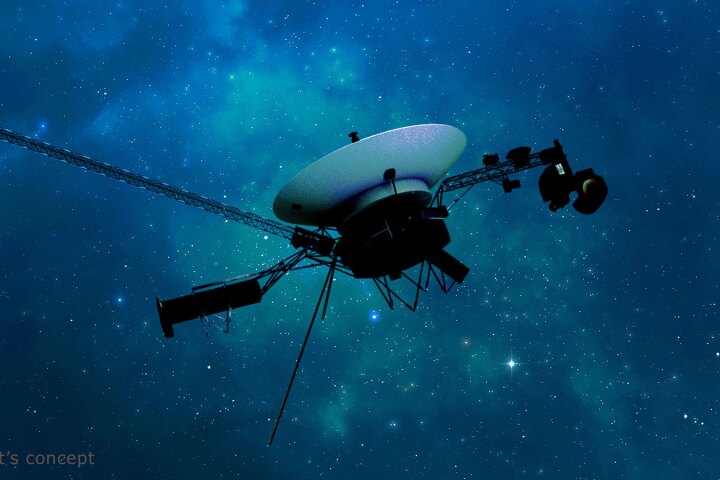Although we seem content to waste it by blowing it into balloons, helium is relatively rare on Earth. Why? Your first instinct is probably right – it literally floats into the upper atmosphere and usually escapes into space. There are however some reserves of the stuff deep underground, in the Earth’s mantle and core, which is a relic from when the planet was forming from a nebula that also birthed the Sun.
In the new study, the researchers from Caltech and WHOI investigated lava flows on Baffin Island in Canada, where previous teams had found traces of helium-3, an isotope of helium that’s particularly rare on Earth. Sure enough, the scientists discovered that the ratio of helium-3 to the far more common helium-4 was higher than anywhere else on the planet – 67 times higher than the ratio in the atmosphere.
The Earth’s mantle seems like the probable culprit, but the scientists say that this doesn’t work with the particular isotopic ratios of helium, strontium, neodymium and lead that they detected. Instead, their evidence points to the Earth’s core as the most likely source.
Of course, there’s still more work to do to confirm whether the Earth’s core is leaking this helium to the surface or not. But the team says that if it’s true, other material in the area should also have come from the core, which could provide scientists with an invaluable look at a part of the planet that, for obvious reasons, is tricky to study.
The research was published in the journal Nature.
























